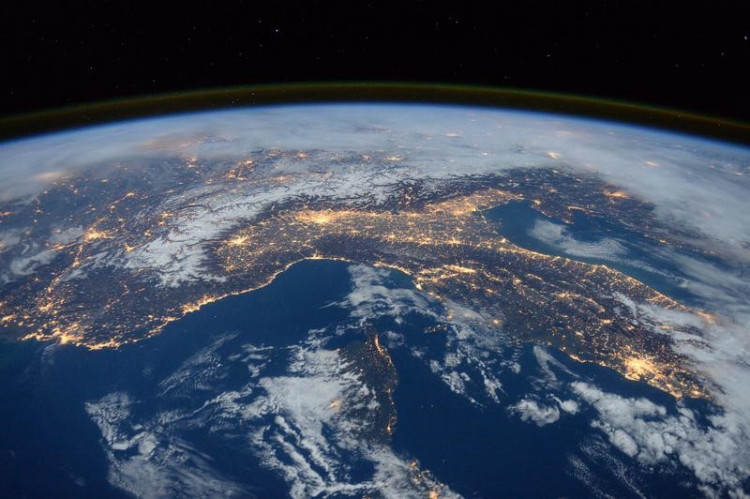A new study presents a new theory of how Earth and Mars formed through collisions between large moon-size rocks rather than the clumping together of tiny pebbles over time.
Previous research has revealed that rocky planets like Earth are formed in one of two ways. The standard concept argues that in the early solar system, moon-to-Mars-sized rocks known as planetary embryos smashed together on a regular basis, gradually forming into full-size worlds.
A more recent alternative theory involves small pebbles from the outer solar system moving inward toward the sun and gradually collecting to produce rocky planets, a process thought to be necessary for the development of the cores of big planets like Jupiter and Saturn.
In the new study, the researchers looked at samples from 10 Martian meteorites. Martian meteorites are fragments of the red planet that have traveled through space after colliding with it before reaching Earth.
They looked at the zirconium, titanium, and molybdenum isotope compositions in the samples, as well as readings from 17 additional Mars meteorites. They next matched the composition of these meteorites to meteorites from the inner and outer solar systems that are thought to have landed on Earth.
The terrestrial planets, Mercury, Venus, Earth, and Mars, as well as the asteroid belt, are found in the inner solar system; Jupiter, Saturn, Uranus, Neptune, their moons, and all points beyond are found in the outer solar system.
The researchers discovered that the composition of Earth and Mars is more similar to meteorites from the inner Solar System after comparing the two groups.
According to the findings, terrestrial planets such as Earth and Mars evolved as a result of several collisions between material from the inner solar system instead of the accumulation of material from the outer solar system.
These tiny bodies coalesced into planetary embryos the size of the Moon. Over the course of millions of years, these bodies collided with other bodies, generating the terrestrial planets.
Although pebble accumulation may play a major role in rocky planet formation around other stars, Jupiter, which could have devoured much of the pebbles and dust from the outer solar system that would have drifted inward toward the sun, likely played only a minor role in rocky planet formation in our solar system.
The new findings also show that both Earth and Mars likely incorporated material from a group of undiscovered space rocks that originated "most likely sunwards of Earth's orbit," according to the researchers.
You can read the study in full in the journal Science Advances.






